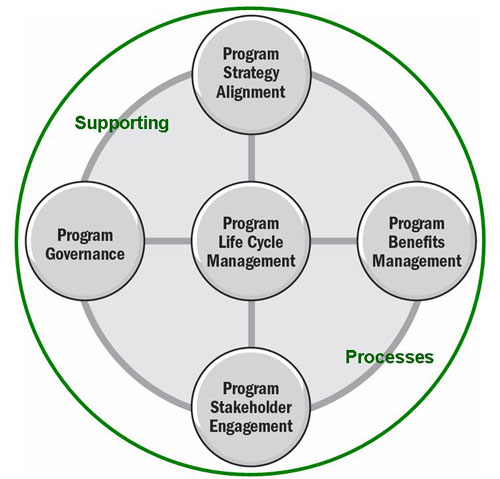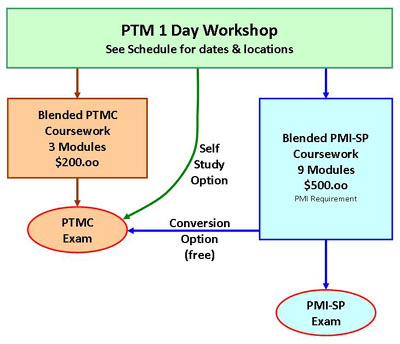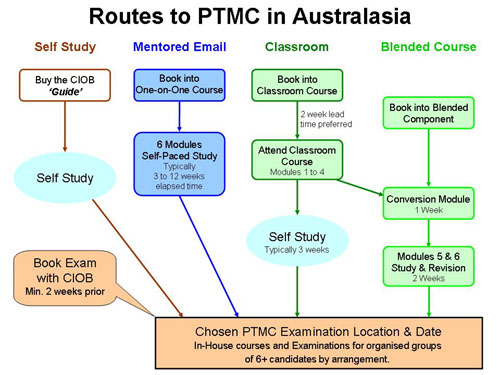A UK Government Minster recently commented that the world was shifting from a bunch of NIMBYs to BANANAs!
NIMBY = Not In My Back Yard (potentially selfish but understandable)
BANANA = Build Absolute Nothing Anywhere Now and Always
In the UK the journey from London to the Midlands is fraught – traffic is overcrowded for most of the 24 hours – one accident can cause hours of traffic chaos, conventional rail is overloaded and the distance is too short for effective air travel. The solution to this problem has been rolled out throughout the rest of Europe for several decades – high speed rail. Using the existing high speed rail you can get to Paris or Brussels easier than Birmingham or Leeds from the centre of London.
To fix the problem, the UK is planning its second high speed rail link from London to Birmingham and then on to Leeds and Manchester, called HS2. Since its announcement the BANANAs have been out in force – apparently it is better from the BANANA viewpoint to have highly inefficient, high pollution traffic jambs and build nothing rather than a clean and efficient alternative. The fact that the North of England is significantly disadvantaged compared to the better connected South is irrelevant. The emotional arguments about ‘damage’ caused by the development are immediate and compelling, the benefits arising from the operation of HS2 are in the future and so BANANAs can ignore them.
Fortunately the UK High Court operates in a more pragmatic space. In its judgement earlier this month, the government won nine out of 10 points being challenged, which effectively gave the “green light” to the high-speed rail project. The judge agreed it was lawful for the Government to choose to rule out upgrading the existing network as a credible alternative to HS2. He noted that a patch and mend approach failed to meet the Government’s objectives of providing a long term boost to capacity and economic growth. He also found that the Government’s approach to consultation on the HS2 Phase One route, environmental assessment and consideration of the impact on habitats and protected species, had all been carried out fairly and lawfully.
The one point the judge upheld was a challenge concerning the way the property compensation consultation had been carried out. The Government has decided that instead of appealing this decision it will re-run this consultation in line with the judge’s finding to fairly compensate the public who are impacted by the scheme.
Contrast the problems in the UK and the Republican Party blocking a similar initiative in the overcrowded NE of the USA with China where current plans are for 16,000km of high speed rail to be operating by 2020, including the 9676km already built, in a determined effort to overcome congestion and pollution.
To quote the Boston Consulting Group: ‘China’s big infrastructure networks are platforms upon which new industries are layered greatly multiplying the economic value of the projects themselves’.
Australia has its fare share of BANANAs – there are 100s of tones of radioactive medical waste stored in expensive hospital buildings as well as radioactive industrial waste scattered throughout metropolitan areas because no government has had the courage to develop a safe storage facility. Every time one is proposed the BANANAs start screaming, but they also do not want to let cancer patients die or fly in unchecked aircraft (radio isotopes are used in the non-destructive testing of welds).
What the BANANAs forget is living is a compromise – every decision not to do something has a consequence and every decision to do something has a consequence. Careful consideration of the options and a balanced decision is needed based on the overall good for the environment and society (with proper compensation to those disadvantaged).
Doing nothing simply condemns everyone to progressively lower standards of living that will eventually lead to mass degradation of the environment because there is no money to look after it!
The advent of BANANAs supported by social media opens up a whole new set of stakeholder management challenges. NIMBYs were identifiable and had reasonable ground to expect consultation. BANANAs are far more widespread and work on emotions rather than common sense – for more on the tools for stakeholder management see: http://www.stakeholdermapping.com/








